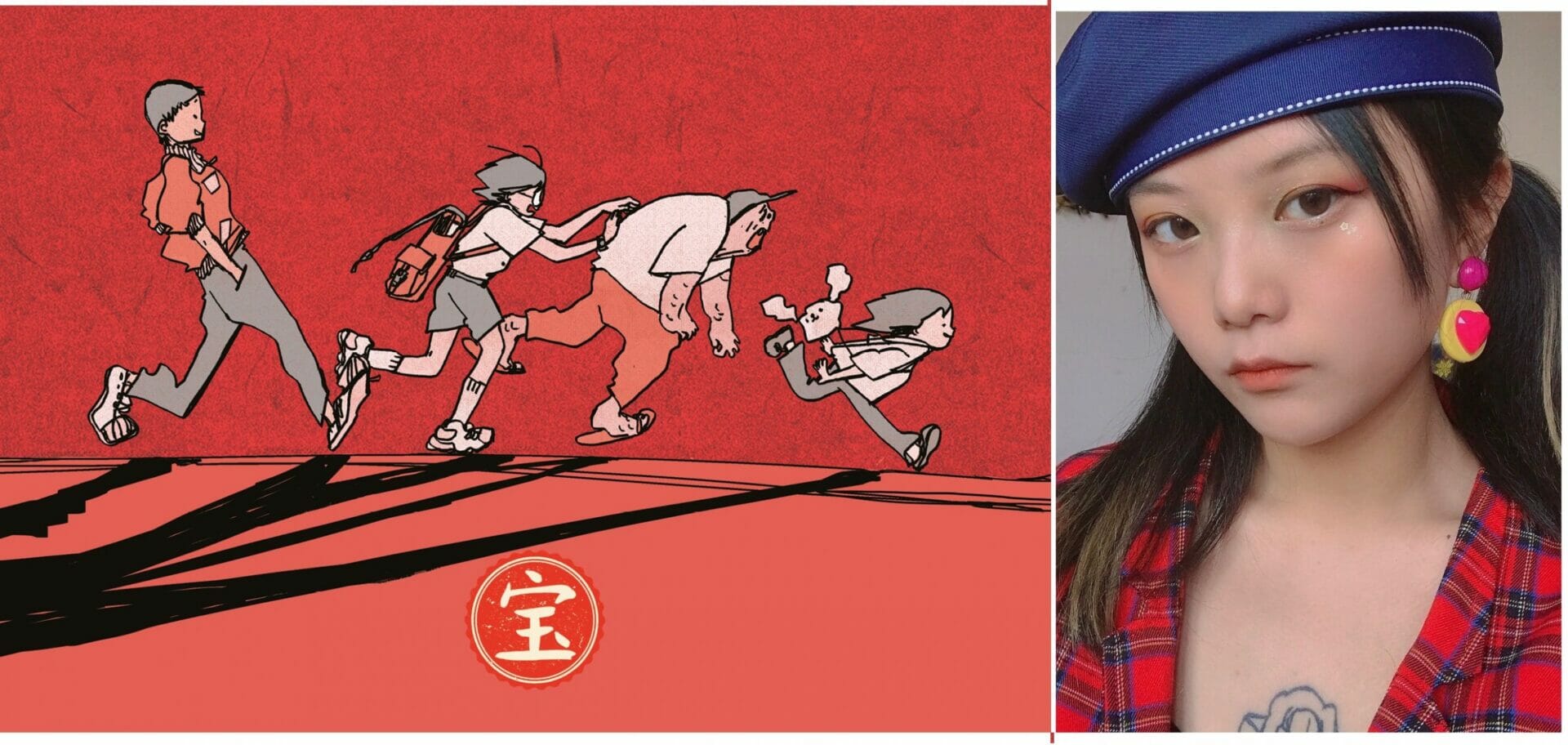
The second episode of Hypercritic’s Japan Tales focuses on 花 (hana), flower. Flowers are a crucial element in Japanese society, dating back to the Buddhist influences in the country. Two of Japan’s most recognizable types of flowers are the 桜 (Sakura) cherry blossoms and 菊 (Kiku) chrysanthemums. The first can be found only around the beginning of spring when cherry trees bloom. Cherry blossoms are seen as a symbol of the fleeting life, as they only last for a couple of weeks at best. The chrysanthemum, on the other hand, is the symbol of the Imperial family, adopted during the 鎌倉時代 (Kamakura period) around the 1190s. The chrysanthemum is now one of the official crests of Japan, and it’s even featured on Japanese passports.
Japan’s passion for flowers can be traced back to 生け花 (Ikebana), the art of arranging flowers. Connected to Zen Buddhism, Ikebana originally started in China, but Japan turned it into a religious art form. The practice of Ikebana is a way to reach enlightenment. First practiced only by the nobility and monks, by now, it’s spread all around Japan.
Picnic under the flowers
花見 (Hanami), literally “watching flowers,” is the typical picnic under the cherry trees. Around late April, when the blossoms are everywhere, people gather in parks, bringing drinks, food, and bento to spend the day outside.
A symbol of spring, Hanami is an appreciation of life’s renewal despite its shortness. An ancient tradition dating back to the 7th century, hanami brings millions of people to the most popular spots to enjoy the cherry blossoms. Night picnics are also common.
Fireworks as blossoming pyrotechnics
Even fireworks are connected to flowers. 花火 (Hanabi), literally “fire flowers” are Japan’s typical fireworks. Dating back to centuries, during 江戸時代, the Edo period (1600-1868), they were used as a way to ward off spirits. Still connected to the flower’s celebration of living, fireworks were used as a symbol of spiritual beauty. Over the years, fireworks have become increasingly associated with the beauty of mortal life, becoming commonplace for New Year’s celebrations, sports, and music events.
In modern times, fireworks are also linked to 祭り(Matsuri), the Japanese festivals, where a display of the pyrotechnic groups’ ability and craftmanship brings about the event’s ending. In addition, fireworks have become synonymous with summer and they’re also very common plot devices in anime, where often the main couple will meet under the fireworks.








